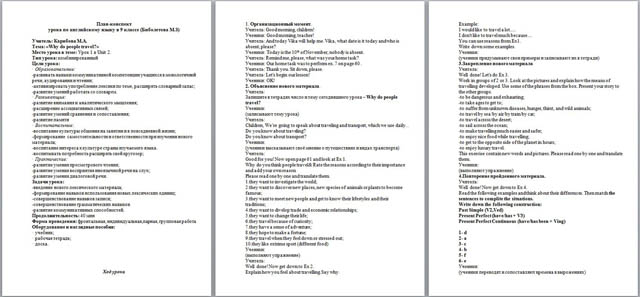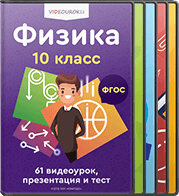Тип урока: комбинированный
Цели урока:
· Образовательные:
- развивать навыки коммуникативной компетенции учащихся в монологичной речи, аудировании и чтении;
- активизировать употребление лексики по теме, расширять словарный запас;
- развитие умений работать со словарем.
· Развивающие:
- развитие внимания и аналитического мышления;
- расширение ассоциативных связей;
- развитие умений сравнения и сопоставления;
- развитие памяти
· Воспитательные:
- воспитание культуры общения на занятии и в повседневной жизни;
- формирование самостоятельности и ответственности при изучении нового материала;
- воспитание интереса к культуре страны изучаемого языка.
- воспитывать потребность расширять свой кругозор;
· Практические:
- развитие умения просмотрового чтения;
- развитие умения восприятия иноязычной речи на слух;
- развитие умения диалоговой речи.
Задачи урока:
- введение нового лексического материала;
- формирование навыков использования новых лексических единиц;
- совершенствование навыков записи;
- совершенствование грамматических навыков
- развитие коммуникативных способностей.
Продолжительность: 40 мин
Форма проведения: фронтальная, индивидуальная, парная, групповая работа
Оборудование и наглядные пособия:
· учебник;
· рабочая тетрадь;
· доска.
Ход урока
1. Организационный момент.
Учитель: Good morning, children!
Ученики: Good morning, teacher!
Учитель: And today Vika will help me. Vika, what date is it today and who is absent, please?
Ученики: Today is the 10th of November; nobody is absent.
Учитель: Remind me, please, what was your home task?
Ученики: Our home task was to perform ex. 7 on page 60.
Учитель: Thank you. Sit down, please.
Учитель: Let's begin our lesson!
Ученики: OK!
2. Объяснение нового материала.
Учитель:
Запишите в тетрадях число и тему сегодняшнего урока – Why do people travel?
Ученики:
(записывают тему урока)
Учитель:
Children, We’re going to speak about traveling and transport, which we use daily. . Do you know about traveling?
Do you know about transport?
Ученики:
(ученики высказывают своё мнение о путешествиях и видах транспорта)
Учитель:
Good for you! Now open page 61 and look at Ex 1.
Why do you think people travel& Rate the reasons according to their importance and add your own reason.

Please read one by one and translate them.
1. they want to investigate the world;
2. they want to discover new places, new species of animals or plants to become famous;
3. they want to meet new people and get to know their lifestyles and their traditions;
4. they want to divelop trade and economic relationships;
5. they want to change their life;
6. they travel because of curiosity;
7. they have a sense of adventure;
8. they hope to make a fortune;
9. they travel when they feel down or stressed out;
10. they like extrime sport (different food)
Ученики:
(выполняют упражнение)
Учитель:
Well done! Now get down to Ex 2.
Explain how you feel about travelling. Say why.
Example:
I would like to travel a lot. . . . .
I don't like to travel much because. . . .
You can use reasons from Ex1.
Write down some examples.
Ученики:
(ученики придумывают свои примеры и записывают их в тетради)
3. Закрепление нового материала
Учитель:
Well done! Let's do Ex 3.
Work in groups of 2 or 3. Look at the pictures and explain how the means of travelling developed. Use some of the phrases from the box. Present your story to the other groups.
- to be dangerous and exhausting;
- to take ages to get to;
- to suffer from unknown diseases, hunger, thirst, and wild animals;
- to travel by sea/by air/by train/by car;
- to travel across the desert;
- to sail across the ocean;
- to make travelling much easier and safer;
- to enjoy nice food while travelling;
- to get to the opposite side of the planet in hours;
- to enjoy luxury travel.
This exercise contain new words and pictures. Please read one by one and translate them.
Ученики:
(выполняют упражнение)
4. Повторение пройденного материала.
Учитель:
Well done! Now get down to Ex 4.
Read the following examples and think about their differences. Then match the sentences to complite the situations.
Весь материал – смотрите документ.

 Получите свидетельство
Получите свидетельство Вход
Вход












 План-конспект урока по английскому языку «Why do people travel?» (67.5 КB)
План-конспект урока по английскому языку «Why do people travel?» (67.5 КB)
 0
0 1335
1335 257
257 Нравится
0
Нравится
0


